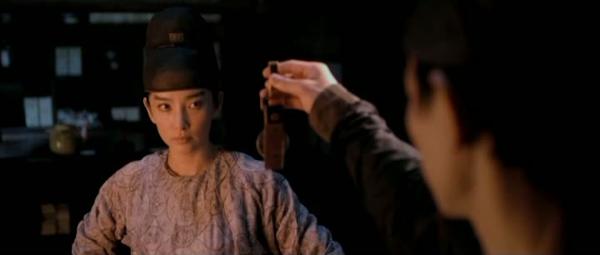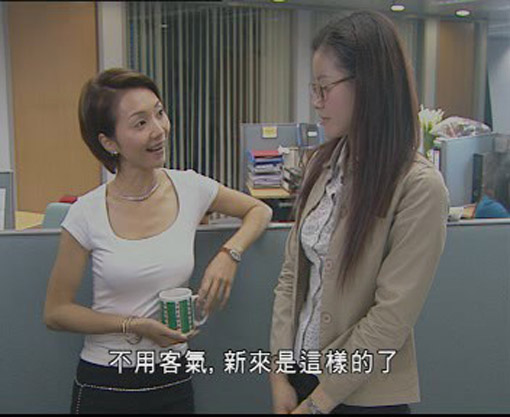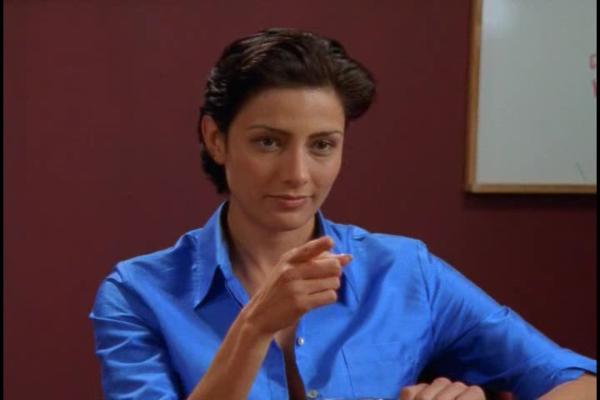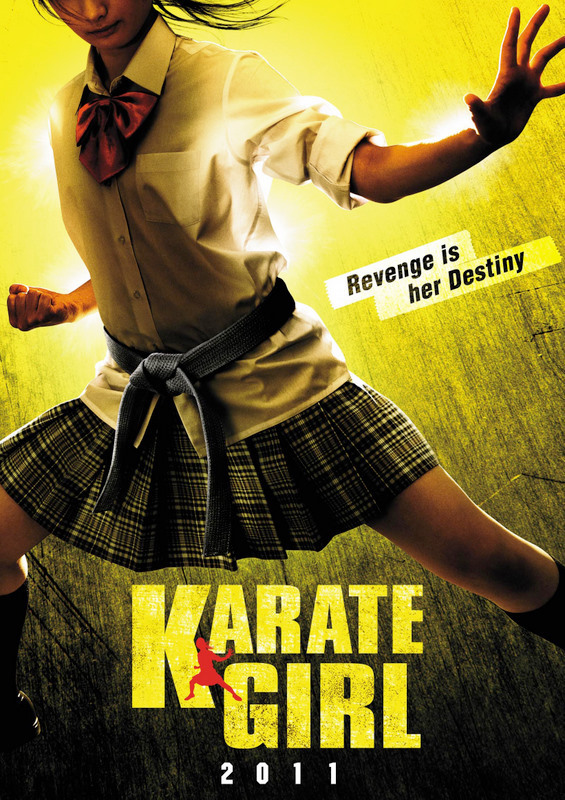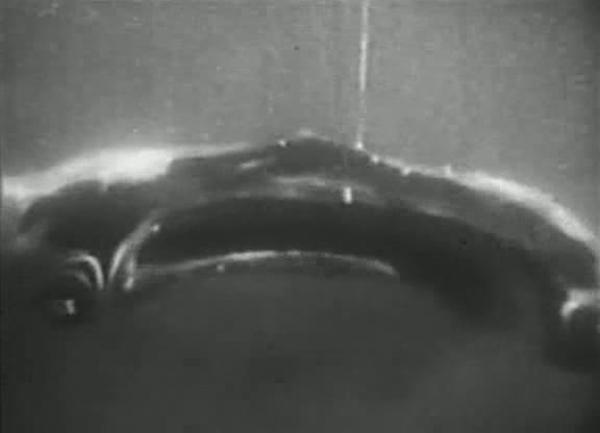Detective Dee and the Mystery of the Phantom Flame
aka Di Renjie

2010![]()
Directed by Tsui Hark

What they say: This is Tsui Hark’s best film in years, it’s one of the best films of 2010, Tsui Hark, Tsui Hark, Tsui Hark!
What you really need to know: Andy Lau gets into a kung fu fight with CGI deer.

Do you like yo-yos? Yo-yos go up and down, and so does Detective Dee. Some sequences in Detective Dee and the Mystery of the Phantom Flame are awesome, but other parts of the film are embarrassing and make you wonder why people were lavishing praise upon it.

If you’ve read any book on Hong Kong cinema that came out in the 90’s (which is when most of the books started appearing in the US), then you remember every single one had chapters on Tsui Hark. Tsui Hark was one of the Hong Kong New Wave directors that shook the industry to the core, and helped modernize Hong Kong film. Many of his earlier films are classics, though he had a few misfires. But even as the industry changed, Tsui Hark has seemed incapable of making film that is watchable since the mid-90’s. Those Jean-Claude Van Damme films were terrible, the Zu Warriors redux was boredom, and Seven Swords is a film so long that no one has ever gotten to the end of it. Despite all the technological achievements, Tsui Hark just wasn’t making good films anymore, and no amount of technology can change that. While Detective Dee isn’t a great film, it is at least the most watchable Tsui film since Black Mask, and something you should eventually get around to watching. You know, when it’s raining outside or something.

With Tsui Hark in the director’s chair, we are at least assured the film will look good, and it does. The cinematography is top notch. Elaborate CGI effects are needed to create ancient Chinese cities, palaces, giant Buddha statues, and underground meeting places – some are more believable than others, but you always know you are looking at a bunch of 1’s and 0’s in picture form. We do give props to action director Sammo Hung, as the actions sequences are the best parts of the film.

The stylized elements Tsui loves sometimes help the film, and sometimes hurt. As the opening scrawl is stylized to appear and disappear in wisps of smoke (which is nice), but a problem is the crawl is Star Warsian in length. In fact, the long text openings of Reefer Madness and Alone in the Dark are brought to mind. We are forced to read like half a sentence at a time, and have to wait for each piece one by one. It is what I like to call “annoying”.


|



